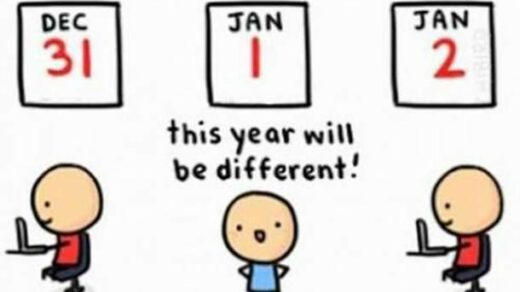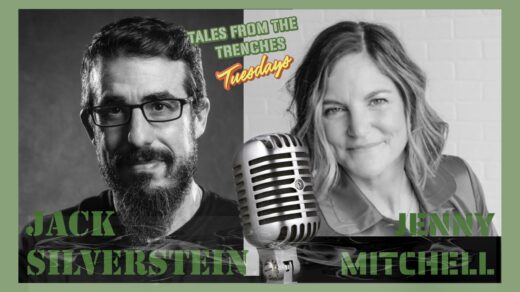
COVID-19 has really taken a toll on good stewardship. Donor receptions, tours, and in-person briefings have been put on pause out of an abundance of caution. But, how do fundraisers relate to donors effectively with these restrictions? The key is putting the donor at the center of the virtual experience.
It is still quite possible to have a meaningful donor experience virtually. But to make the experience truly meaningful, it must be engaging and not a one-way presentation. We all have seen a Zoom presentation where the powers that be speak non-stop for 45 minutes. Then, the event is over. I would suggest that this is not truly an interactive event — there is no two-way communication. (A good test is if a donor can view the recording at a later date. If they can and derive the same benefit, you have failed to create a truly engaging event.)
Shaping the Experience by putting the Donor in the Center
Having meaningful virtual experiences means a lot of homework on the charity’s side. Some questions that would need to be addressed before creating the donor experience may include:
- How will this resonate with the donor? Is this actually what the donor is interested in?
- Are there other like-minded donors that would benefit from joining this virtual experience? (Studies have shown that bringing a group of like-minded people together to set a new path is far more advantageous than having numerous one-on-one meetings.)
- What is the visual of the experience? Is it having a staff member lecture, or is the donor (literally) front and center on the screen?
- Is there a way of engaging the audience throughout the experience (perhaps real-time surveys may show a level of engagement.)
The World is your Oyster
Over the course of my fundraising life, I have often sent donors articles that I have come across (in print or online) that I think they may find interesting. There are often great resources that show some really innovative thinking by like-minded charities (sometimes halfway around the world). There is no reason why this couldn’t continue during these tumultuous times.
Today, donors have come to expect a level of personal interaction with the organization’s senior leadership (staff and volunteers). It is that very access that entrenches their commitment for years to come. Therefore, you need to make sure that there is more than one point of contact between the organization and the donors.
So, as we all are redefining what a great donor experience looks like for our own particular charity, remember that the key to success is engagement. Having a one-way conversation has never been terribly engaging — for anybody.
Until next week.
L’chaim,
jack




